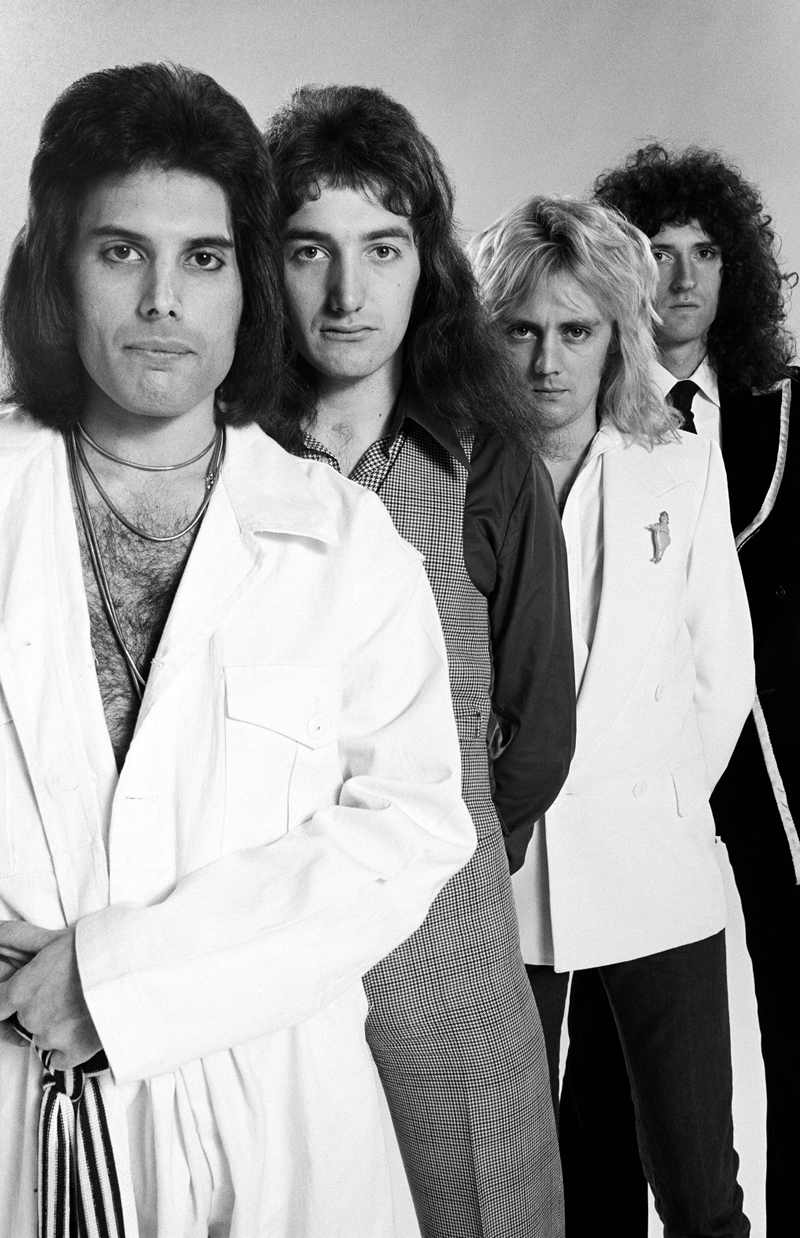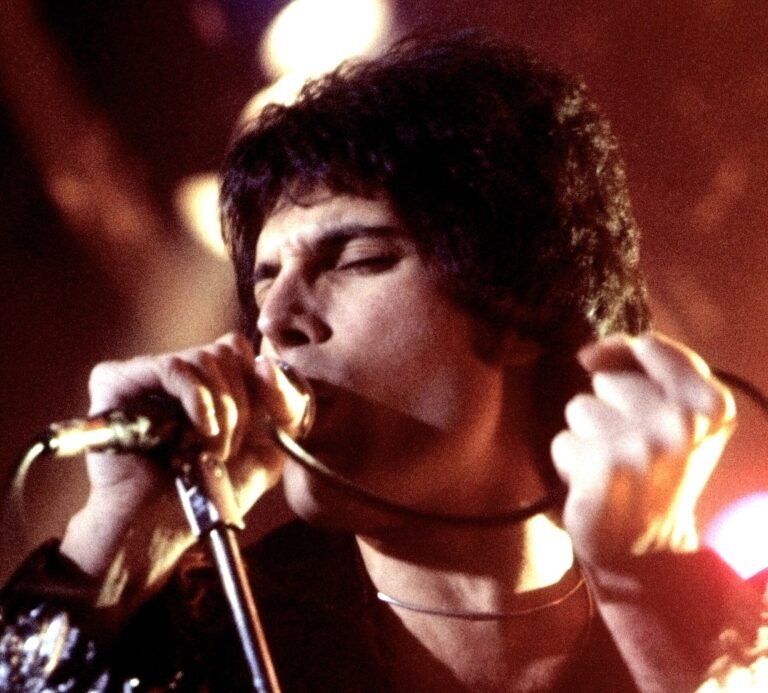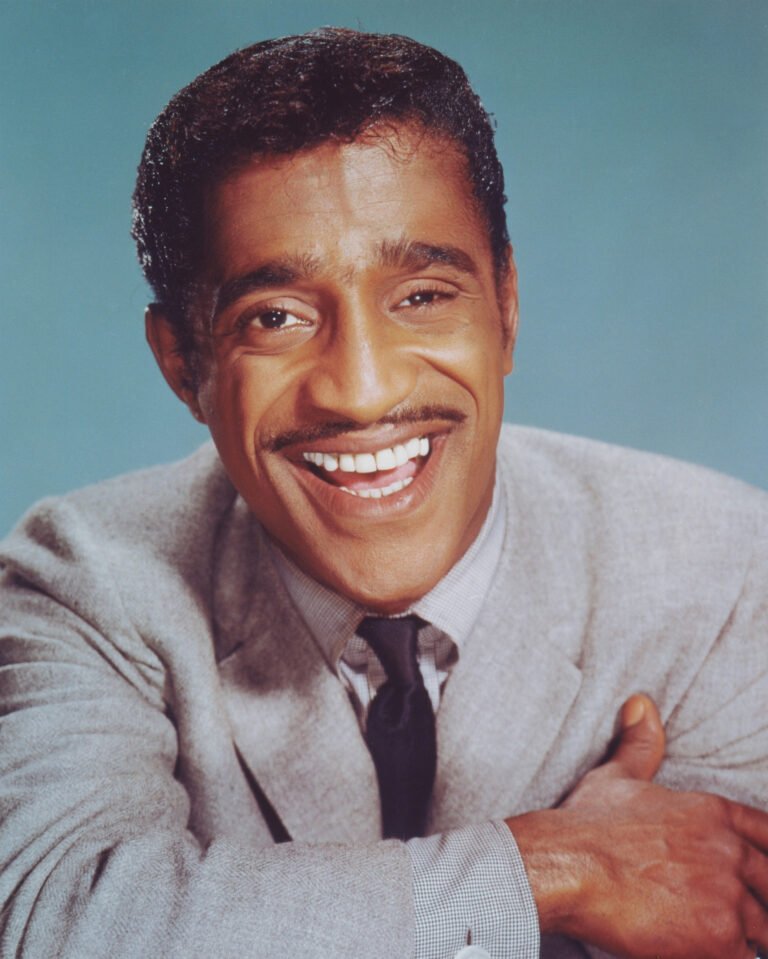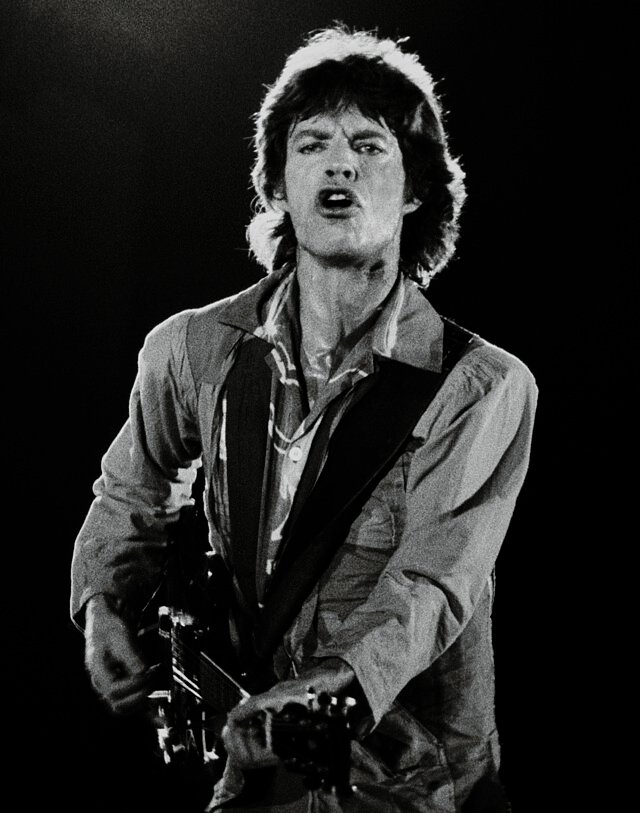
On November 12th, 1976, Queen dropped Somebody to Love in the UK. It wasn’t just a song. It was a moment. A bold, emotional, gospel-drenched anthem that proved Freddie Mercury wasn’t just a frontman. He was an instrument.
Nearly 50 years later, this track still stops people in their tracks. It feels spiritual, desperate, raw and uplifting all at once. So what made this song so powerful? And what can artists, producers, and songwriters take away from it today?
Let’s go back to where it started.
🎹 One Man. One Prayer. One Gospel Dream.
“Somebody to Love” wasn’t recorded with a gospel choir, even though it sounds like one.
Freddie, Brian May, and Roger Taylor recorded layer after layer of vocals, creating that soaring choir effect by overdubbing themselves again and again. They built harmonies that wrapped around the listener like church walls.
Freddie once said he wanted to create his “Aretha moment.” He was obsessed with gospel music, especially the emotion and raw power it carried. That influence shines right through this record.
They didn’t just stack vocals to show off. They used those harmonies to bring the story to life. This wasn’t about being alone in a room. It was about screaming into the heavens, begging for something real.
“Can anybody find me… somebody to love?”
That hook hits different when the voices fade and it’s just Freddie, alone and aching. That silence says just as much as the full choir.
Freddie Didn’t Just Sing It — He Meant Every Word
There’s something different about the way Freddie Mercury delivered this one. He wasn’t singing for chart positions. He wasn’t singing to show off his range. He was singing because he had to. Every word in Somebody to Love feels pulled straight from his chest. You can hear the tension, the questions, the exhaustion in his voice. It’s not polished — it’s pleading.
At the time, Freddie was navigating questions around love, identity, isolation and connection, most of which he kept private. But in this track, he let it all bleed out through melody. You don’t need to know his backstory to feel the emotion. That’s what makes it timeless. It’s why the song still breaks hearts today.
For singers and writers, this is the real takeaway — technique matters, sure, but if there’s no truth behind it, no weight in what you’re saying, it won’t stick. Freddie put his truth into every breath of this song. That’s why it still grabs people by the throat all these years later.
🎛️ Ahead of Its Time Without a Computer in Sight
What makes this even more powerful is the fact that they had no modern tools. No Autotune. No pitch correction. No digital tricks.
They recorded this on tape. Every vocal had to be locked in by ear. Every harmony needed to blend with the rest or be redone from scratch. The precision they pulled off with that setup was nothing short of ridiculous.
From a production standpoint, this track is a masterclass in what you can do with just voices, tape, and emotion. The drums are tight. The piano punches through like a preacher’s sermon. The guitar solo is classic Brian May — melodic, lyrical, and warm. But it’s the vocals that steal the show.
For modern producers, this is a reminder that the tools aren’t what make a song feel alive. It’s the intention. The performance. The message.
🎤 What Today’s Artists Can Learn
Queen didn’t play it safe. They didn’t follow a trend. They pulled from what they loved — gospel, opera, rock — and made something entirely new.
Today, with music algorithms and TikTok trends shaping so much of what gets heard, this track reminds us to create something that actually means something. Something that hits deep.
If you’re a singer, don’t be afraid to let your voice crack or cry. If you’re a producer, layer it up and build drama. And if you’re a writer, say what you really feel.
Because real emotion doesn’t age.
Just like this record.

🎧 One Song. One Voice. Still Unmatched.
“Somebody to Love” wasn’t Queen’s biggest hit. But it’s one of their most human.
It’s a prayer, a cry, a love letter to anyone who’s ever felt alone.
And on this day, back in 1976, Queen gave the world a song that still reaches out and grabs hearts — no matter what year it is.




